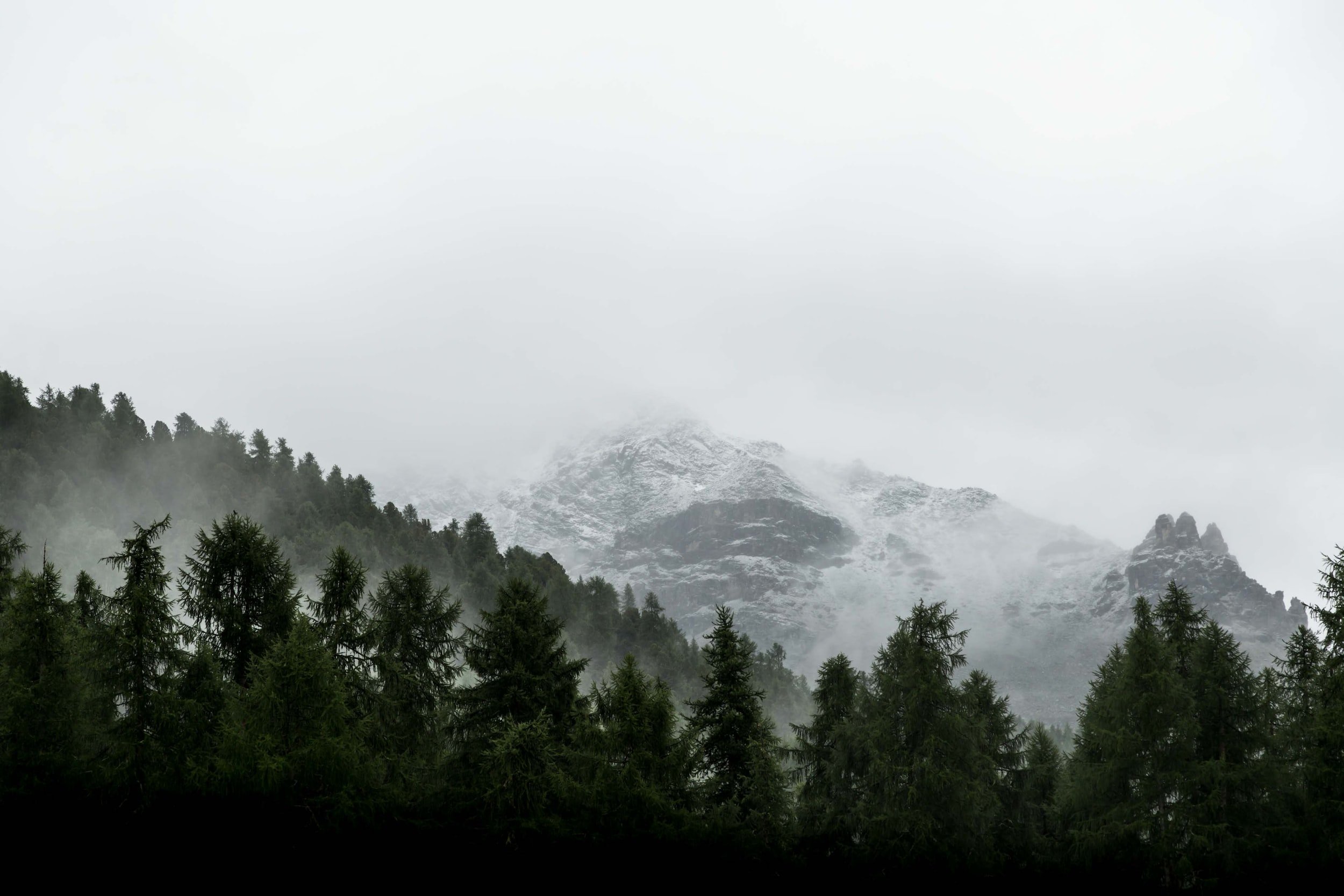Reading The Abundance by Annie Dillard
“There is something you find interesting, for a reason hard to explain because you have never read it on any page; there you begin. You were made and set here to give voice to this, your own astonishment.” — Annie Dillard
I realized recently that though I was familiar with Annie Dillard’s work and some of her popular quotes, I hadn’t actually sat down to read her directly. So a few months ago, I sat down with The Abundance — a collection of essays both new and old by this Pulitzer Prize winning author. The Abundance, to me, felt like walking through different rooms, mirrors, lenses of the author’s view of the world and its interconnections. I felt like I was spying into her sight, her research and lying down inside the intersections of her thoughts.
I found her work very generous while at the same time maintaining a sharpness that is accurate for our experiences of life. The essays don’t try to be optimistic or make you feel better about things that are difficult or hard to look at, but neither does the book add more doom or harshness than is truly reflective of the situation. I rarely had the sense that Annie Dillard was trying to “make me” or “convince me” of anything save for one thing that we’ll talk about later. She was simply trying to show me. The essays are sensitive, sensing, but never too much, never indulgent. And, in that way, they display great skill, in my opinion, whether it was a particular essay that was my favorite or not. I felt like I was sitting down through the eyes of a master, and that, in and of itself, is worth the journey.
There are 3 main themes that really stood out to be the loudest from the collection overall, and I’m going to summarize them here.
Theme #1 — Looking
The first theme that arose really loudly for me was that of looking or “seeing”. Truly seeing the world that is with you and around you is a skill that fewer + fewer people practice nowadays. We react to notifications, dings and interruptions as opposed to actively being present with the world as it is with our full embodied senses, our seeing. And, while this theme comes to the surface in a very obvious way in a couple of the essays, I would say simply the way Annie Dillard writes is a reflection of this ability to be with the world through seeing, paying attention. Her work makes that clear — that this is someone who is seeing. In a similar way to Mary Oliver’s work, for instance. It’s clear that this is someone who knows how to be outside, with the world, and with themselves.
This is a question I’m very interested in with my life, but also an ongoing question with creating + writing — can I craft as someone who sees, as a seer? And I would say Annie Dillard does that. And we can see evidence of this in so many ways throughout the collection.
be there for it. you can’t see everything. but see everything. looking is loving. looking is being here.
In Seeing, there is an invitation to be here, really be here, be present to the life that is happening right now. Be here for it. Though you can’t see everything… See everything that is here. Seeing is being here.
She tells the reader to
“Admire the world for never ending on you-as you would admire an opponent, without taking your eyes from him, or walking away.”
Later on she describes this moment when she saw a mockingbird careen straight down from a four story building towards the ground… and… she says
“Just a breath before he would have been dashed to the ground, he unfurled his wings with exact, deliberate care, revealing the broad bars of white, spread his elegant, white-banded tail, and so floated onto the grass. I had just rounded a corner when his insouciant step off the gutter caught my eye; there was no one else in sight. The fact of his free fall was like the old philosophical conundrum about the tree that falls in the forest. The answer must be, I think, that beauty and grace are performed whether or not we will or sense them. The least we can do is try to be there.”
Trying to be there and being here by seeing what is happening around us because Beauty + Grace are happening… but probably not on the phone as we zombie down the sidewalk. That person doesn’t see it because they’re not looking. A reminder that life is less about being productive at every second and more about being present and watching the world, admiring it for still being with us.
seeing simplicity
Another element of this seeing is Simplicity — the willingness to be more easily in awe, and that simplicity is a gateway or a lens through which we see the abundance of the world around us. And returning to wonder, an awareness that much of what life is doing is pure awe if we can see with enough simplicity. Annie Dillard writes…
It is dire poverty indeed when a man is so hungry and tired that he won't stoop to pick up a penny. But if you cultivate a healthy poverty and simplicity, so that finding a penny will literally make your day, then, since the world is in fact planted in pennies, you have with your poverty bought a lifetime of days. It is that simple. What you see is what you get.
I love re-framing this phrase we say so often : “what you see is what you get.” If you see the world full of shining pennies, then you see the shining pennies everywhere… “what you see is what you get.” And if you have cultivated the openness to be alive to that, you will see it. It reminds us of the power of perspective and how it is we receive what we see. With what spirit or attitude we see the world around us very much determines what we think we are getting, and how much we get.
It’s an interesting prompt to cultivate enough poverty and simplicity in one’s self to see abundance at every turn… maybe that is a true perspective of Abundance— that it’s already here. and what you slow down enough to see is what you get.
She later talks about nature as “very much a now-you-don’t-see-it, now-you-do affair.”
“A fish flashes, then dissolves in the water before my eyes like so much salt. Deer apparently ascend bodily into heaven; the brightest oriole fades into leaves. These disappearances stun me into stillness and concentration. They say of nature that it conceals with a grand nonchalance, and they say of vision that it is a deliberate gift, the revelation of a dancer who for my eyes only flings away her seven veils. For nature does reveal as well as conceal: now-you-don't-see-it, now-you-do.”
loving is seeing
She also speaks about who can see … she says…
“The lover can see, and the knowledgeable.”
The dominant ways my culture interacts with information- attention tends to mostly prioritize the knowledgeable sight. And there’s nothing wrong with knowledge.
But this pause, this line….
“The lover can see, and the knowledgeable.”
Reminds us that loving something is also its own sight. When we watch something or see someone through the eyes of love, or as a being we love, a place we love, a being-alive we love.., sure there’s bias there… but love is also sight. And we can only really see from where we are, there is no objective, omni-awareness. Our knowledge is also biased. We can only truly see things from where we are, how we are and who we are and would it behoove us to lean into the sight that love brings to our vision? And how that love is an equally valuable way of knowing. A reminder that you don’t have to have a degree in something in order to truly see and understand it. That knowledge doesn’t have to exclude you and love can grant the same access to sight.
Dillard writes…
“As for what I do see, a nightmare network of ganglia, charged and firing without my knowledge, cuts and splices it, editing it for my brain. Donald E. Carr points out that the sense impressions of one celled animals are not edited for the brain: "This is philosophically interesting in a rather mournful way, since it means that only the simplest animals perceive the universe as it is.”
Again… a flag back to that simplicity.
She also says…
“Say you have seen an ordinary bit of what is real, the infinite fabric of time that eternity shoots through, and time's soft-skinned people working and dying under slowly shifting stars. Then what?”
Theme #2 — Making
Which leads us to the second dominant theme of the book from my perspective. If we can see with simplicity with loving and with presence… then what? Then, we make. The abundance of the world that we see, when we truly see, then we do something with it. We make.
In the middle of the book is an essay on “The Writing Life— A Writer in the World.” And Dillard’s advice about writing might as well be advice about living. It really lights up the middle of the collection.
“One of the few things I know about writing is this: Spend it all, shoot it, play it, lose it, all, right away, every time. Don't hoard what seems good for a later place in the book, or for another book; give it, give it all, give it now. The very impulse to save something good for a better place later is the signal to spend it now. Something more will arise for later, something better. These things fill from behind, from beneath, like well water. Similarly, the impulse to keep to yourself what you have learned is not only shameful; it is destructive. Anything you do not give freely and abundantly becomes lost to you. You open your safe and find ashes.”
A truly abundant perspective indeed.
And that maybe we are to make things with what we see, from what we see, and that is an abundant life. To embody the making, our making, which is how we inhabit what we see. Maybe that’s making something as difficult, impossible or beautiful as a chert knife or making something as difficult, impossible or beautiful as a meaningful life of abundance presence.
She says…
The thing is to stalk your calling in a certain skilled and supple way, to locate the most tender and live spot and plug into that pulse. This is yielding, not fighting. A weasel doesn't "attack" anything; a weasel lives as he's meant to, yielding at every moment to the perfect freedom of single necessity.
She brings us more advice on writing that sounds a lot like advice on living…
“There is something you find interesting, for a reason hard to explain because you have never read it on any page; there you begin. You were made and set here to give voice to this, your own astonishment.”
On the next page she says…
“Write as if you were dying. At the same time, assume you write for an audience consisting solely of terminal patients. That is, after all, the case. What would you begin writing if you knew you would die soon? What could you say to a dying person that would not enrage by its triviality?”
For fun, I recommend you go back to this quote and exchange the word “live” and “living” where it says “write” and “writing.”
And that it is an embodied making because, remember, we are seeing… here. In the chapter about writing, I loved the description of the art entering the body… that basically the body has to learn the tools of the medium it is using. As a dancer, of course, this makes a lot of sense to me.
Annie Dillard describes it in one paragraph through painting…
“In working-class France, when an apprentice got hurt, or when he got tired, the experienced workers said, "It is the trade entering his body." The art must enter the body too, A painter cannot use paint like glue or screws to fasten down the world. The tubes of paint are like fingers; they work only if, inside the painter, the neural pathways are wide and clear to the brain. Cell by cell, molecule by molecule, atom by atom, part of the brain changes physical shape to fit the paint.”
Embody the making. Embody the making. Let the making, the tools, the medium change you. Be the making. You are here to make… your calling. On some level we can’t help it but we can help what and how we are seeing and how we embody the medium to make.
And we’re not being here to obey our lives but to make our lives because…
“We could, you know. We can live any way we want.”
And the fewer rules we have the more choices we have.
But how many of us are choosing like artists with callings, makers with embodied mediums? How many of us approach each day as if it were our masterpiece? Giving voice to the astonishment we see in the world from where we are, the astonishment of both the good the bad, the ugly, the beautiful, the grace, the cosmic and the mundane.
Later in the book she writes…
“Even the purest metaphysical Taoist thinkers, the Lungman Taoists, say that people "can assist in improving the divine handiwork"-or, as a modern Taoist puts it, people may "follow the Will of the Creator in guiding the world in its evolution toward the ultimate Reality."
It reminds me of EarthSeed and Octavia Butler.
We do not worship God.
We perceive and attend God.
We learn from God.
With forethought and work,
We shape God.
Theme #3 — Trust the Beauty of the World
And the third and final meta thread, to me, of the collection is really just the astonishment of the world, the Beauty of the World and… therefore, because it is beautiful, we should trust the world. To smash some different quotes together…
“That the world is lighting up at once beautiful and terrible… but do not part with it… The world is alive. Beings everywhere.”
She writes…
“I think that the dying pray at the last not "please," but "thank you," as a guest thanks his host at the door. Falling from airplanes the people are crying thank you, thank you, all down the air; and the cold carriages draw up for them on the rocks. Divinity is not playful. The universe was not made in jest but in solemn, incomprehensible earnest. By a power that is unfathomably secret, and holy, and fleet. There is nothing to be done about it, but ignore it, or see. And then you walk fearlessly, eating what you must, growing wherever you can, like the monk on the road who knows precisely how vulnerable he is, who takes no comfort among death-forgetting men, and who carries his vision of vastness and might around in his tunic like a live coal which neither burns nor warms him, but with which he will not part.”
Later in an essay called “For the Time Being” which was one of my favorites in the collection, she quotes a French paleontologist from the early 1900’s named Pierre Teilhard who said…
“‘Throughout my whole life,’ he noted later, ‘during every minute of it, the world has been gradually lighting up and blazing before my eyes until it has come to surround me, entirely lit up from within.’"
Such wonder arises… when we are a lover who sees. This same man, who was also a priest, is quoted saying…
"‘If I should lose all faith in God,’ he wrote, ‘I think that I should continue to believe invincibly in the world.’..
‘Purity does not live in a separation from the universe,’ he wrote, ’but in a deeper penetration of it.’”
This invitation to make, to see, and to belong to this astonishing, live coal of the world. This fits with a more well-known quote of hers from an essay called “Pilgrim — The Waters of Separation” that harks back to the advice on writing / living which is to spend it all, to do it while it’s here, when it’s here.
Dillard writes…
“There is always an enormous temptation in all of life to diddle around making itsy-bitsy friends and meals and journeys for itsy-bitsy years on end. It is so self-conscious, so apparently moral, simply to step aside from the gaps where the creeks and winds pour down, saying, I never merited this grace, quite rightly, and then to sulk along the rest of your days on the edge of rage. I won't have it. The world is wilder than that in all directions, more dangerous and bitter, more extravagant and bright. We are making hay when we should be making whoopee; we are raising tomatoes when we should be raising Cain, or Lazarus.”




We started this season reflecting on the house of the goddess, and now we end where we began — carrying water medicine and the wisdom of Her with us into the summer sun.